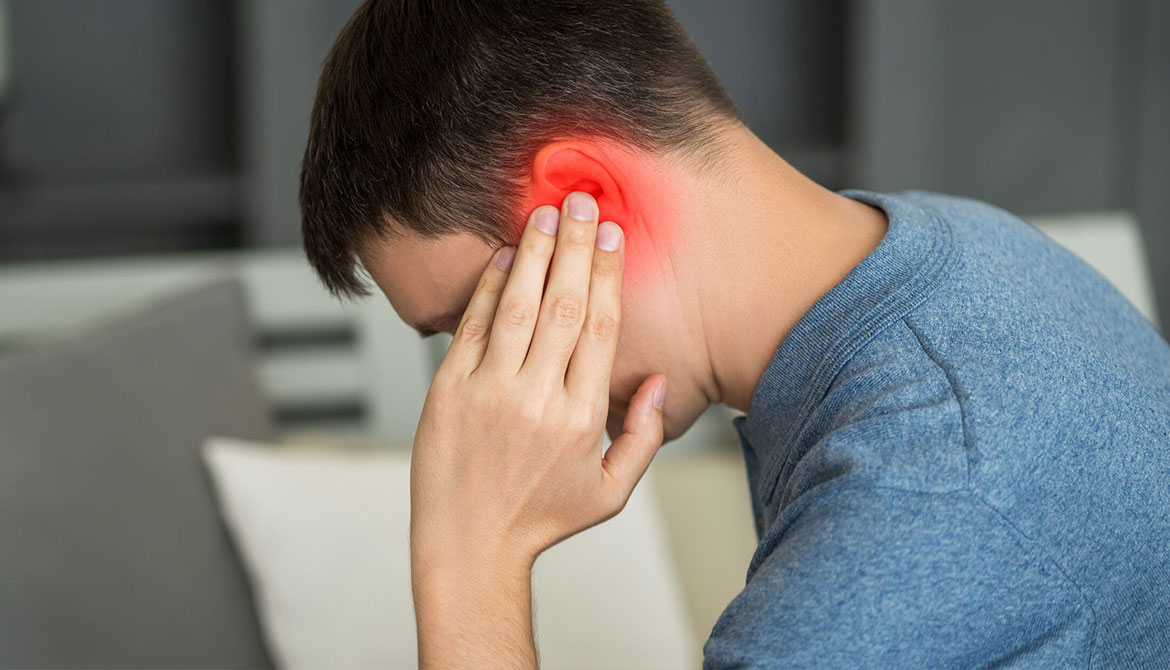Otosclerosis (Inner Ear Calcification): Definition, Symptoms, and Treatment Methods
What is Otosclerosis?
Otosclerosis is a hearing disorder caused by the calcification of the small bones in the middle and inner ear, which impairs sound transmission. It most commonly occurs at the point where the stapes bone connects to the inner ear and gradually restricts the movement of this bone.
- As the disease progresses, sound waves cannot be transmitted effectively to the inner ear, leading to conductive hearing loss.
- In advanced stages, it may also affect the inner ear, causing sensorineural (nerve-related) hearing loss.
What Are the Causes of Otosclerosis?
- Genetic predisposition: Individuals with a family history of otosclerosis are at higher risk.
- Hormonal changes: The disease has been observed to progress especially during pregnancy.
- More common in women: Studies show that women are more frequently affected than men.
- Certain viral infections: Some viral infections may play a role in the development of the disease.
What Are the Symptoms of Otosclerosis?
- Hearing loss: The most common symptom, usually progresses slowly. It may affect one or both ears.
- Tinnitus (ringing in the ears): A constant ringing or buzzing sensation may be present.
- Dizziness and balance problems: Seen in some patients if the inner ear is involved.
- Distorted sound perception: Difficulty understanding speech especially in noisy environments.
Otosclerosis patients often feel that their own voice is too loud and can hear whispers more clearly than normal speech.
How is Otosclerosis Diagnosed?
- Physical examination is usually normal; the eardrum is not affected.
- Hearing tests (audiometry) determine the type and degree of hearing loss.
- CT scan is required for surgical planning.
Imaging methods like MRI do not directly diagnose the disease but may help rule out other conditions.
Treatment Options for Otosclerosis
Monitoring and Medical Treatment:
- Mild cases can be monitored over time.
- Medications such as sodium fluoride may slow disease progression, but they are not commonly used.
Use of Hearing Aids:
- Hearing aids may be used for rehabilitation in patients who are not suitable for or do not wish to undergo surgery.
- While they do not eliminate the calcification, they help patients hear more clearly.
Surgical Treatment (Stapedectomy / Stapedotomy):
Surgery is the most effective treatment method for otosclerosis.
- During a stapedotomy or stapedectomy procedure, the stapes bone is removed and replaced with a Teflon or metal prosthesis.
- It can be performed under local or general anesthesia.
- The success rate is high, and hearing improves significantly in most patients.
Postoperative Process and Risks
- The success rate is high, and hearing generally improves noticeably.
- Some dizziness may occur in the days following surgery, but it is usually temporary.
- Patients should avoid flying, heavy lifting, and diving for a few weeks after surgery.
Rare complications may include:
- Hearing not improving or worsening after surgery
- Perforation of the eardrum
- Middle ear infection
- Displacement of the prosthesis over time
Conclusion
Otosclerosis is a slowly progressing but treatable hearing disorder. When diagnosed early, hearing loss can be largely corrected with hearing aids or surgical intervention. Surgery provides successful results in most patients.
Prof. Dr. Elif Aksoy
ENT Specialist – Middle and Inner Ear Diseases


